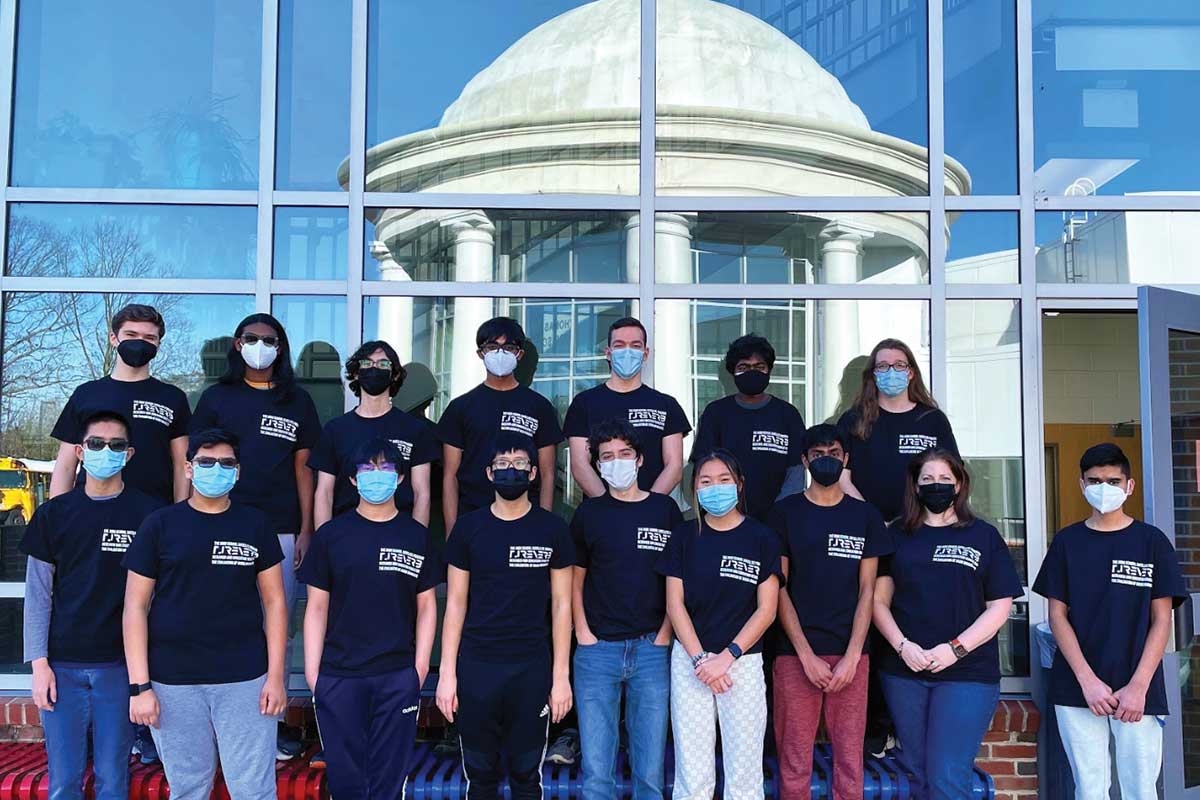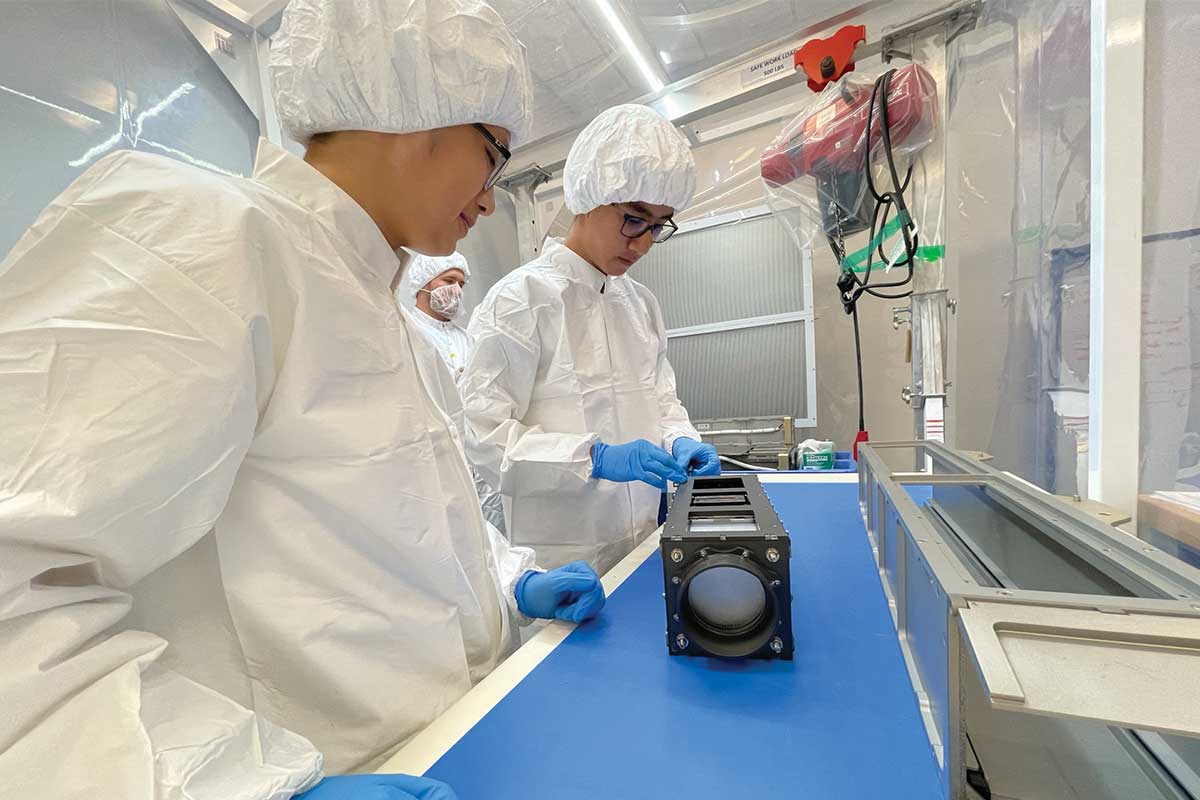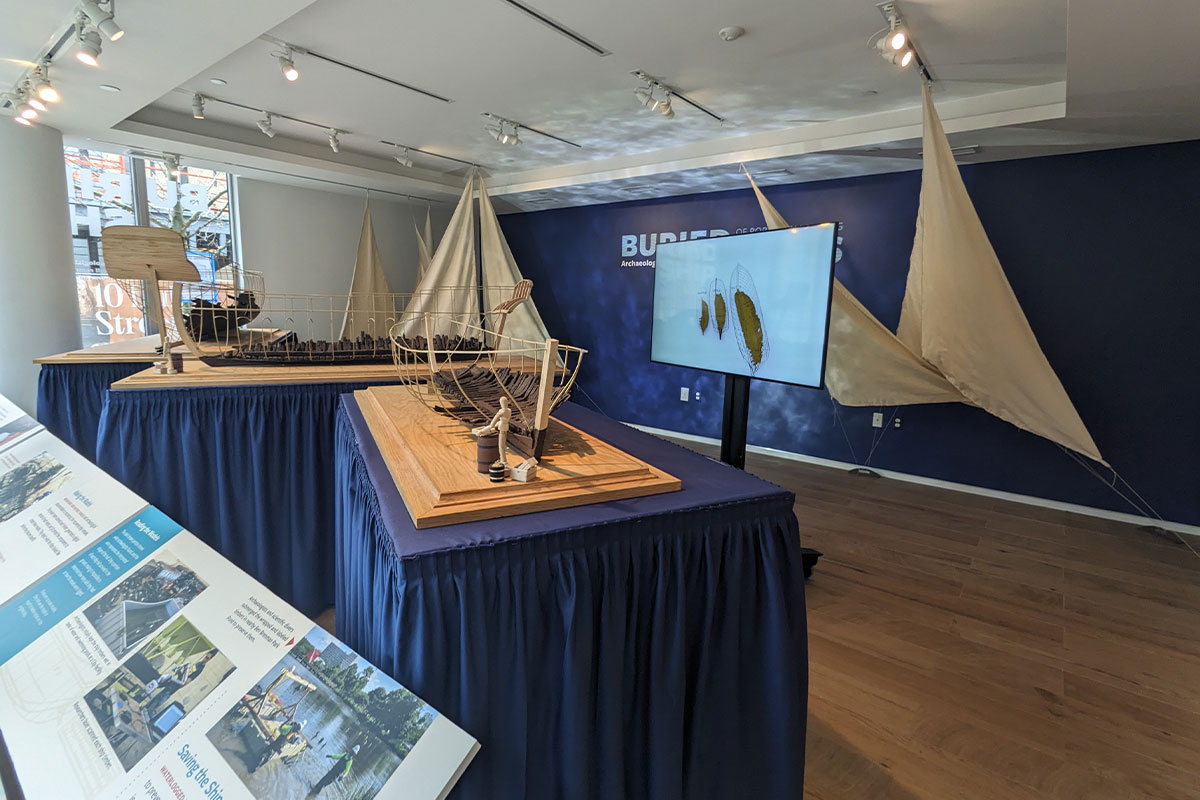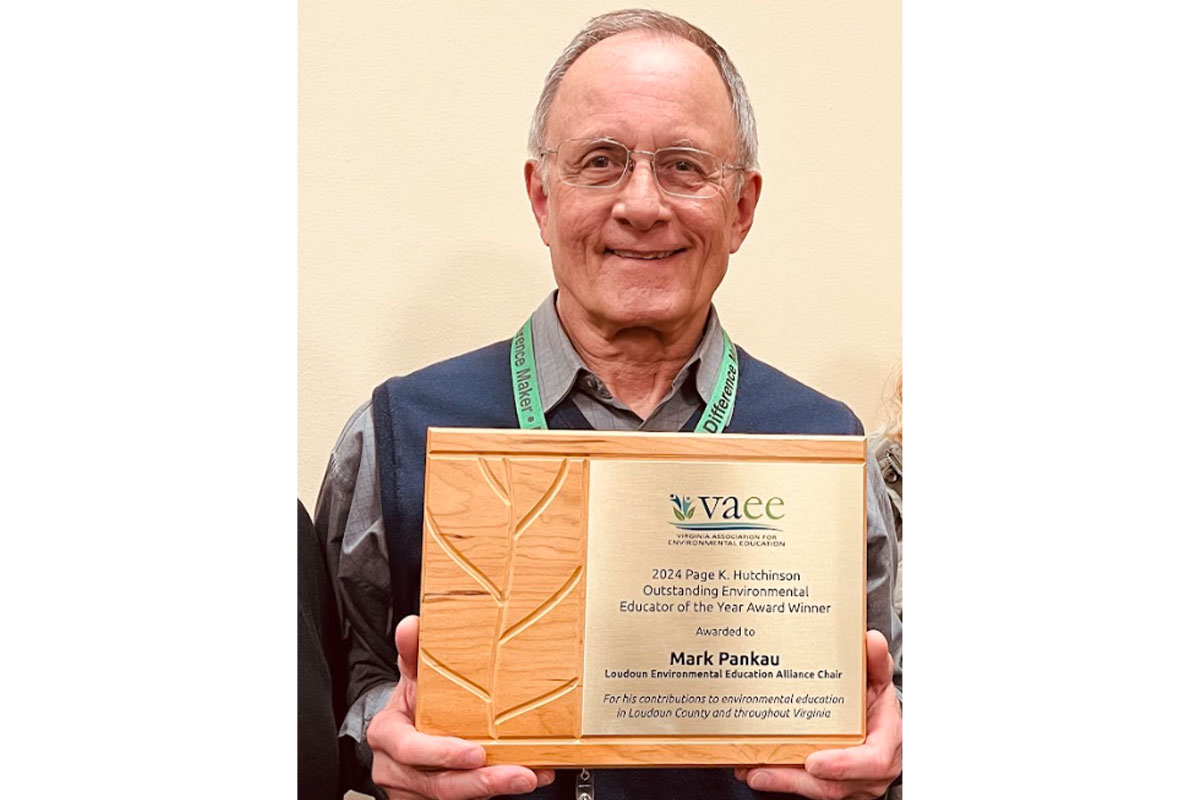After years of hard work, students from the Thomas Jefferson High School space program watched as NASA’s SpaceX CRS-26 rocket cut a course from Florida’s Kennedy Space Center to the International Space Station — carrying a satellite that they built from scratch.
“There are a lot of countries that have not had that opportunity to launch a satellite yet, and the kids here have had that, and that’s quite amazing,” says Kristen Kucko, director of TJ Space at the elite Fairfax County high school.
The project began in 2016, when students received a grant from NASA’s CubeSat Launch Initiative and got to work designing a CubeSat (a type of small satellite that allows for inexpensive, standardized construction) that they hoped would test the effectiveness of iridium radio signals. They called it the Thomas Jefferson Research and Education Vehicle for Evaluating Radio Broadcasts — or TJREVERB, for short.
It was a long process, and one briefly put on hold due to COVID-19. Over the years, students volunteered their time after school, using space-grade equipment to build the CubeSat from scratch. They engineered and integrated the project’s every step, from designing the circuit boards to developing the flight software, without assistance from an industry partner or a premade kit.

About a month after CRS-26 took off from Florida, TJREVERB launched from the ISS into orbit while students watched a livestream. Once the satellite went into orbit December 29, 2022, the next phase of the project began. The TJREVERB team began searching for it in space to attempt to make contact using radio signals.
It’s a process that Kucko likens to “trying to find a needle in a haystack using only your ears.”
Throughout the project, the students interacted with members of the small satellite community and professionals throughout the aerospace industry to present their work and learn about the field.
“This is really giving them an insight [into] what the aerospace industry is all about, what space is all about,” Kucko says. “It’s giving them that flavor before they even get to college so that they can decide for themselves whether or not this is a career path that they’re interested in. And it seems like they are. It seems like they’re really, really happy to have been part of this.”
Feature image courtesy Kristen Kucko
This story originally ran in our March issue. For more stories like this, subscribe to Northern Virginia Magazine.





